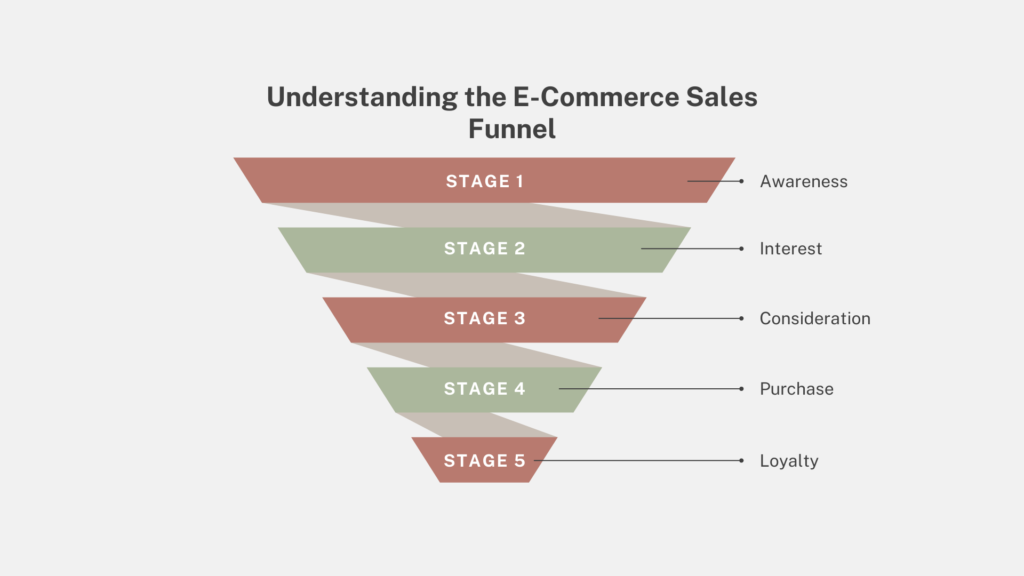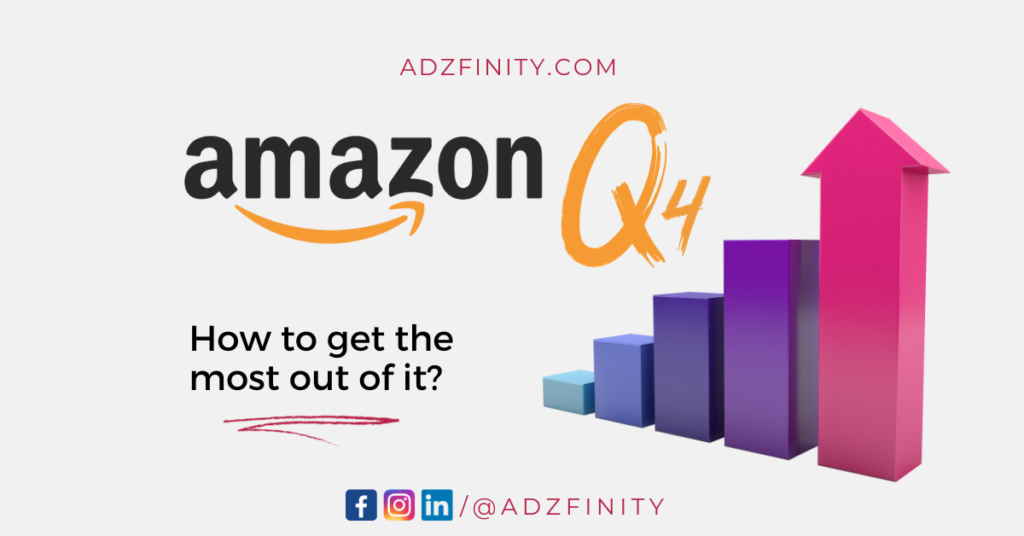In the fast-paced world of e-commerce, turning casual visitors into loyal customers is both an art and a science. The secret lies in a well-crafted digital sales funnel that guides prospects through each stage of the buyer’s journey, from initial interest to final purchase. In this guide, we’ll dive deep into the strategies that make a sales funnel effective, ensuring that your e-commerce business thrives in a competitive market.
Understanding the E-Commerce Sales Funnel
Before diving into the strategies, it’s crucial to understand what a sales funnel is and how it functions in the context of e-commerce. The sales funnel represents the customer journey in a series of stages:
- Awareness: Potential customers first learn about your brand or product.
- Interest: They show interest by exploring your offerings.
- Consideration: They compare your product with others.
- Intent: They make a decision to purchase.
- Purchase: The final act of buying your product.
- Loyalty: Post-purchase, they engage in repeat business and may even advocate for your brand

Optimizing each of these stages is key to increasing conversions and driving revenue.
1. Lead Generation: Attracting the Right Audience
The top-of-the-funnel (TOFU) is all about attracting visitors to your e-commerce site. This stage is crucial because the quality of leads you generate will determine how well they move down the funnel.
- SEO and Content Marketing: Start by creating keyword-rich blog content, guides, and resources that address common pain points or questions your target audience might have. For example, if you’re selling eco-friendly products, a blog on “How to Live a More Sustainable Lifestyle” could attract environmentally conscious shoppers.
- Social Media Marketing: Leverage platforms like Instagram, Pinterest, and Facebook to showcase your products and engage with potential customers. Use visually appealing content and targeted ads to reach specific demographics.
- Paid Advertising: Google Ads and Facebook Ads are powerful tools for driving traffic to your site. Ensure that your ads are targeted to the right audience using demographic and interest-based segmentation.
2. Lead Nurturing: Building Relationships with Potential Customers
Once visitors land on your site, the next step is to nurture them. This involves keeping them engaged and gradually moving them closer to making a purchase.
- Email Marketing Automation: Tools like Mail Chimp allow you to set up automated email sequences that keep potential customers engaged. Send personalized content, product recommendations, and exclusive offers to keep your brand top of mind.
- Content Personalization: According to CartStack, personalizing your website’s content based on user behaviour can significantly increase engagement. For instance, if a visitor shows interest in a specific category, show them related products or content tailored to their interests.
- Social Proof: Drip emphasizes the power of social proof in nurturing leads. Showcase customer reviews, testimonials, and user-generated content to build trust and credibility. Highlighting these on product pages or in follow-up emails can significantly impact the decision-making process.

3. Conversion Optimization: Turning Interest into Sales
The middle of the funnel (MOFU) is where potential customers start seriously considering your products. This stage is critical for converting interest into sales.
- Optimizing Product Pages: Your product pages should be clear, informative, and persuasive. Use high-quality images, detailed product descriptions, and compelling CTAs (Call to Action). Make sure your site is mobile-friendly, as a significant portion of e-commerce traffic comes from mobile devices.
- Abandoned Cart Recovery: Cart abandonment is a common challenge in e-commerce. According to CartStack, implementing abandoned cart recovery strategies, like sending timely email reminders, can recover a significant portion of lost sales. Offering a discount or free shipping can also incentivize customers to complete their purchases.
- Retargeting Ads: Use retargeting ads to re-engage visitors who have shown interest but haven’t made a purchase. These ads remind potential customers of the products they viewed, nudging them back to your site.
4. Post-Purchase Strategies: Creating Loyal Customers
The bottom of the funnel (BOFU) isn’t the end of the journey. In fact, the post-purchase stage is where you can turn one-time buyers into loyal customers who advocate for your brand.
- Follow-Up Emails: After a purchase, send a series of follow-up emails thanking the customer, offering related product recommendations, and encouraging them to leave a review. ActiveCampaign highlights the importance of using these touchpoints to deepen customer relationships.
- Loyalty Programs: Implement a loyalty program that rewards customers for repeat purchases. Offer exclusive discounts, early access to new products, or points for every purchase that can be redeemed later.
- Customer Feedback: Collect feedback through surveys or direct communication. Understanding customer satisfaction and addressing any issues promptly can turn a satisfied customer into a brand advocate.
5. Analyzing and Optimizing Your Funnel
Continuous analysis and optimization of your sales funnel are crucial for sustained success. Use analytics tools to track key metrics like conversion rates, bounce rates, and customer lifetime value (CLV). A/B testing different elements of your funnel, from headlines to CTAs, can help you identify what works best.
- Lead Scoring: As highlighted by ActiveCampaign, lead scoring can help you prioritize leads based on their likelihood to convert. This ensures that your marketing efforts are focused on the most promising prospects.
- Customer Segmentation: Drip emphasizes the importance of segmenting your customers based on behaviour, purchase history, and demographics. Tailoring your marketing efforts to these segments can significantly improve conversion rates.
Conclusion
Building an effective sales funnel for your e-commerce business requires a strategic approach that covers every stage of the customer journey. By focusing on lead generation, nurturing relationships, optimizing conversions, and fostering loyalty, you can turn clicks into conversions and drive sustainable growth for your business. Use the insights and strategies discussed here to create a sales funnel that not only attracts customers but also keeps them coming back.
Ready to optimize your e-commerce sales funnel and boost conversions? At Adzfinity, we specialize in crafting customized digital marketing strategies that drive results. Contact us today to take your business to the next level!


